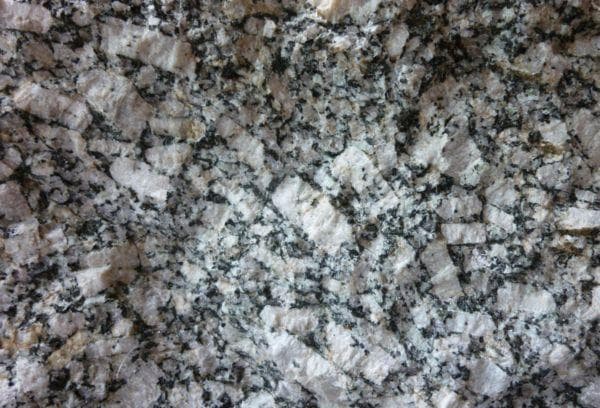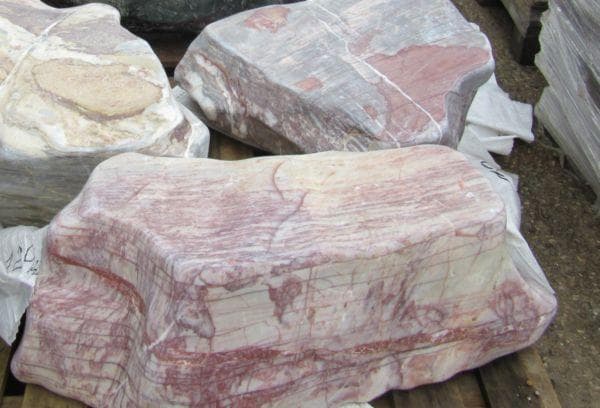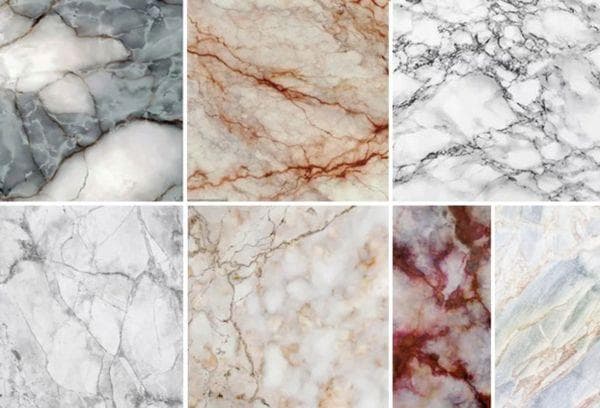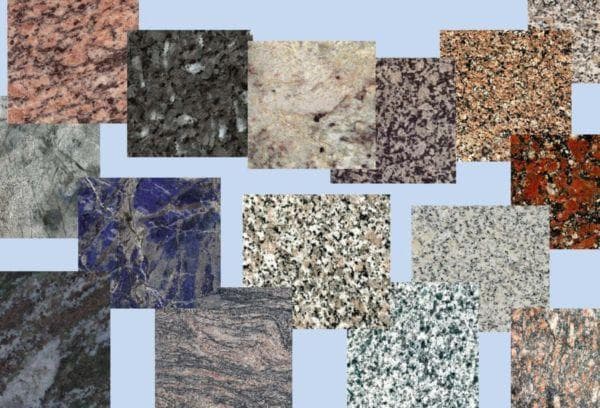The difference between marble and granite: advantages and disadvantages of two rocks for construction
Among the finishing materials, marble and granite stand out. Both rocks are actively used in the construction industry. At the same time, there are a number of signs that distinguish marble from granite. Each breed has its own advantages and disadvantages.
What is marble?
Marble is a rock. It consists only of calcite and small fragments of dolomite. It is a mineral that is a type of calcium carbonate. Marble is also a modified mass. It is formed through a process called metamorphism. Formation occurs during the movement of the earth's crust, when limestone changes under the influence of high temperatures, pressure, aqueous solutions and gas.
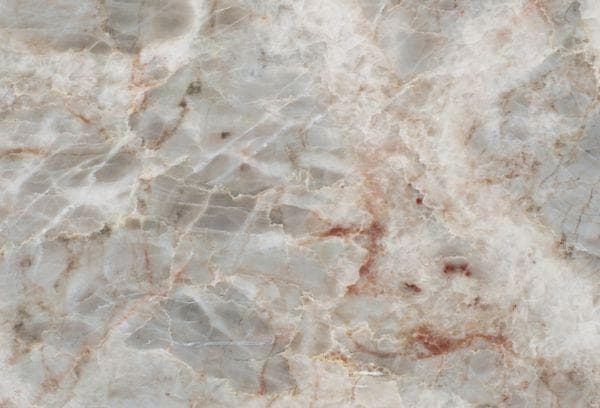
What is granite?
Granite is also a rock. It is of igneous origin. It is formed due to magmatic activity when magma and lava finally solidify. This rock is also plutonic. It forms at fairly large depths (about 3 km or more). Granite does not contain volcanic glass. Its texture is uniform. The composition is varied. It includes not only quartz, but also minerals such as feldspar, plagioclase, and mica.
Difference between rocks
The main difference between marble and granite is its origin and composition.The first is formed due to metamorphism and is recrystallized limestone. The second one is of magmatic origin. The composition of marble is poorer. It contains predominantly calcite and some dolomite. Granite contains many minerals, ranging from quartz to muscovite.
It is easy to distinguish rocks from each other by appearance. The structure of granite is granular. Marble has a uniform and wavy pattern. Granite does not feel very smooth to the touch even after polishing. Marble becomes smooth after processing. It casts mirror reflections.
Granite comes in many colors. It is often variegated. Colors range from gray to red. Marble mainly comes in light shades. The breed itself is usually milky and light gray in color.
Comparison of breeds
The difference between the two breeds is especially noticeable when studying their characteristics, advantages and disadvantages of each separately. Also, both materials sometimes differ in price.
| Comparison criterion | Marble | Granite |
| Hardness (according to the Mohs scale) | From 2.5 to 3 | From 5 to 7 |
| Density (g/cm3) | From 2.2 to 2.6 | From 2.67 to 3.7 |
| Weight of stone cube (kg) | From 2500 to 2700 | From 2700 to 3000 |
| Compressive Strength(MPa) | From 100 to 250 | From 250 to 300 |
| Abrasion index (g/cm2) | Up to 3.2 | Up to 0.2 |
| Water absorption | Up to 0.5% | 0,2% |
| Price 1 m2 | From 3 to 15 thousand rubles | From 3 to 18 thousand rubles |
| Advantages | Quite high strength. The rock is easy to process and polish. It has a beautiful appearance, which allows the material to be used in the interior decoration of houses and apartments. | The material is much stronger, its service life reaches 500 years or more. The breed retains a presentable appearance for a long time and wears slightly.The material can withstand high temperatures while maintaining a good appearance. It practically does not absorb water, which contributes to a long service life. It has a varied color palette |
| Flaws | Relatively short service life (no more than 150 years), sensitivity to external influences (quickly wears out). The material has a high price due to its elegance | The material is heavy, which makes it difficult to transport. It has a high price |
Granite is slightly radioactive, which makes it an undesirable material for interior decoration. Marble is non-radioactive.
Pros and cons of marble
This rock has the following advantages:
- beautiful appearance;
- ease of polishing and grinding;
- uniformity of the pattern;
- elegance of external structure.
It also has a number of disadvantages, including:
- instability to damage;
- relatively short service life (from 50 to 150 years);
- high cost.
The rock requires repeated processing over time, as it quickly loses its appearance.
Pros and cons of granite
Among the advantages of the material are the following:
- high hardness and strength;
- heat resistance;
- moisture resistance;
- variety of colors of the breed;
- monumentality;
- long period of use (up to 500 years or more);
- ease and unpretentiousness in care.
Among the disadvantages are the following:
- relative inexpressiveness of the drawing due to the grain structure;
- some radioactivity;
- heavy weight.
The material is much stronger than marble, so it is more difficult to process. Granite is less easy to polish.
Which is better to choose?
Both rocks can be used to produce the same products.Fireplaces made of granite and marble are equally highly valued. The same goes for countertops in kitchens. But since both materials have a significant difference in strength, granite is more often used in external landscaping, and marble for interior cladding of houses.
Granite is best for:
- pavements;
- stairs on the streets;
- fountains;
- street arches;
- columns;
- benches in gardens and parks;
- production of window sills;
- production of bar counters;
- production of countertops;
- external cladding of building facades.
Sometimes the material is used when laying road surfaces. Red granite is considered especially high quality. It significantly extends the service life of the asphalt to which it is added.
Marble is most suitable in the following cases:
- as a material for steps of stairs inside houses;
- for external cladding of buildings;
- in the manufacture of tombstones, monuments and statues;
Marble coating can often be found on the floors of baths, saunas and swimming pools. At the same time, granite monuments are also in demand. They are of higher quality and durability compared to marble products. But marble monuments have a more aesthetic appearance.
